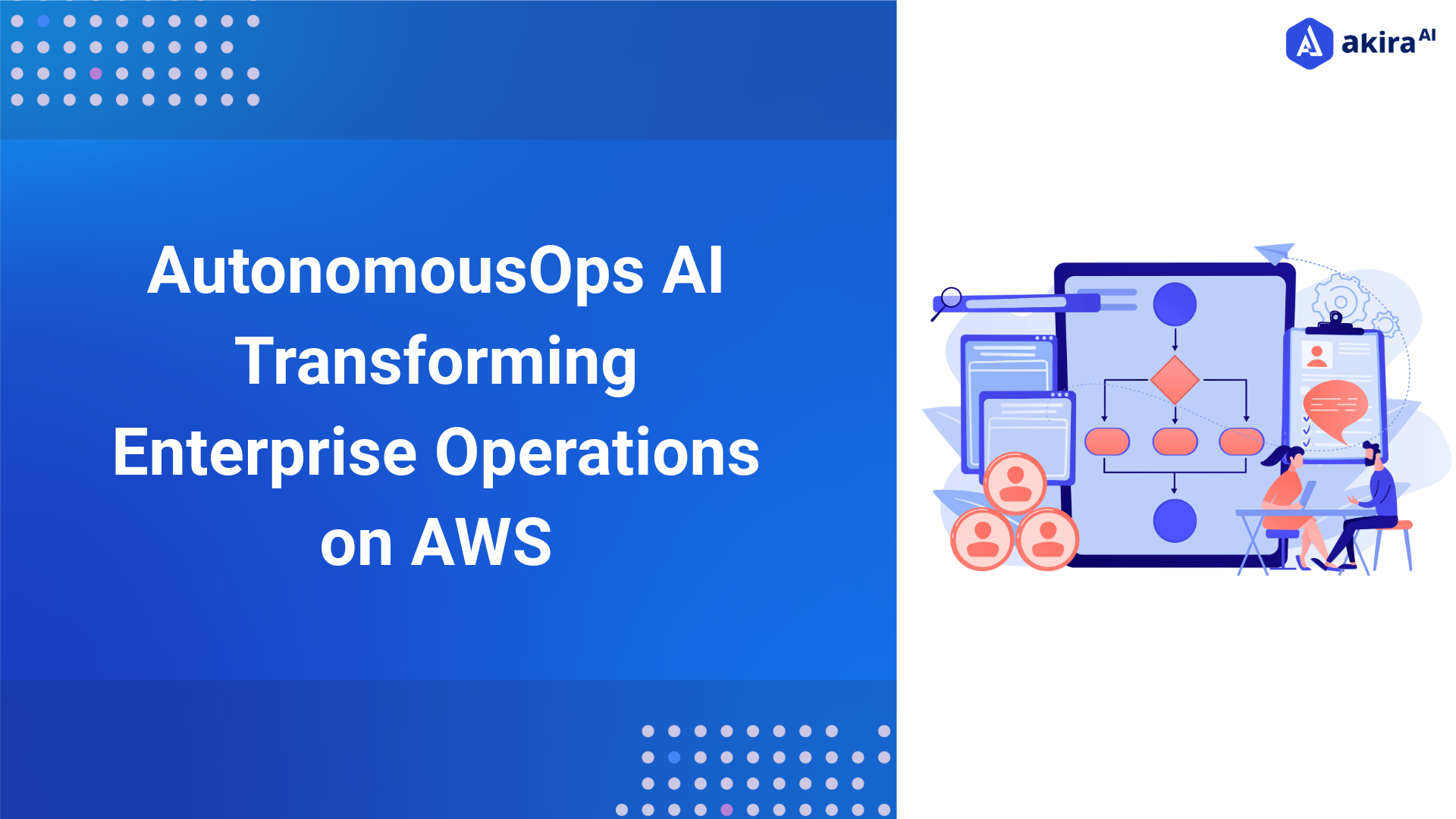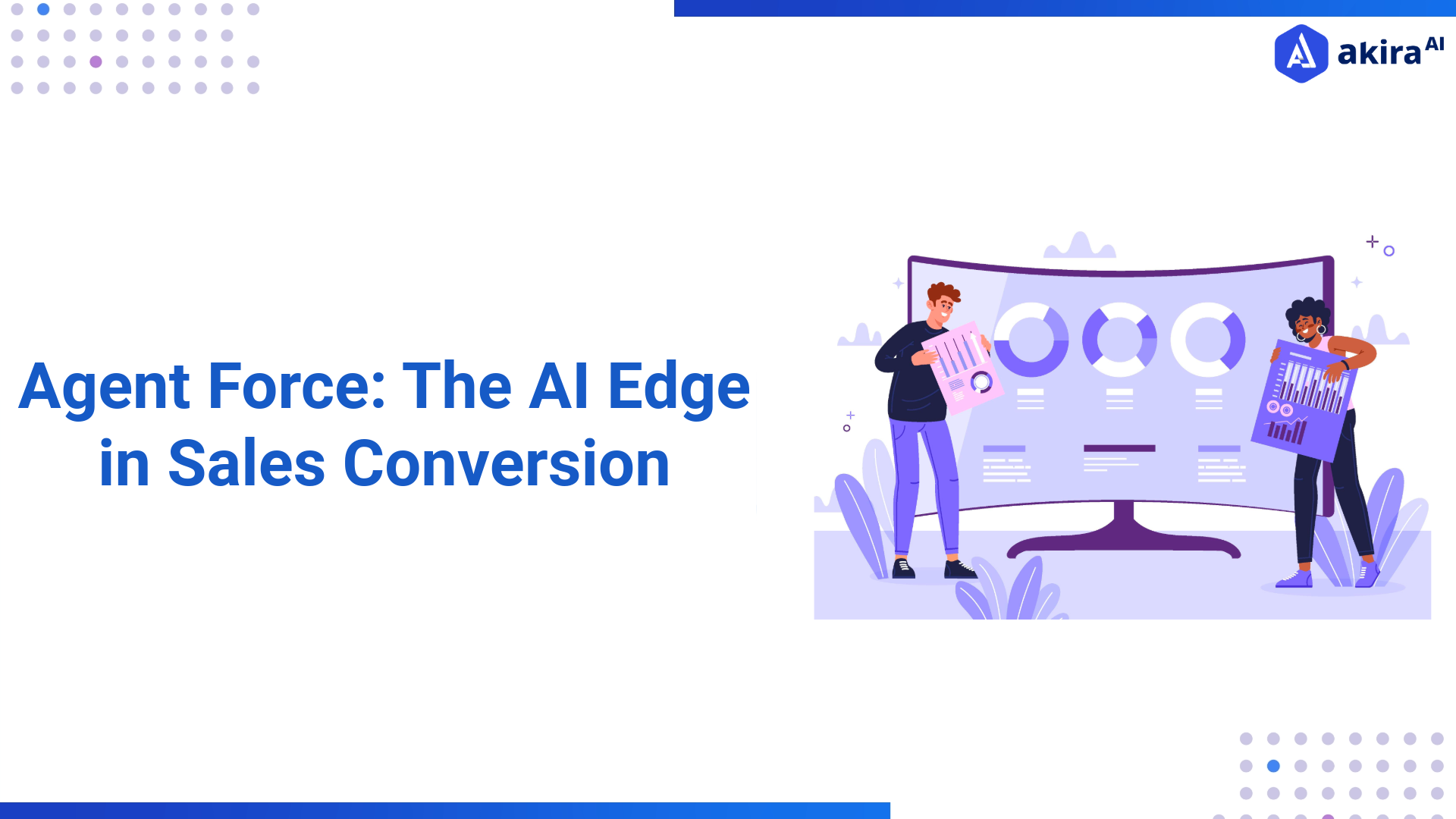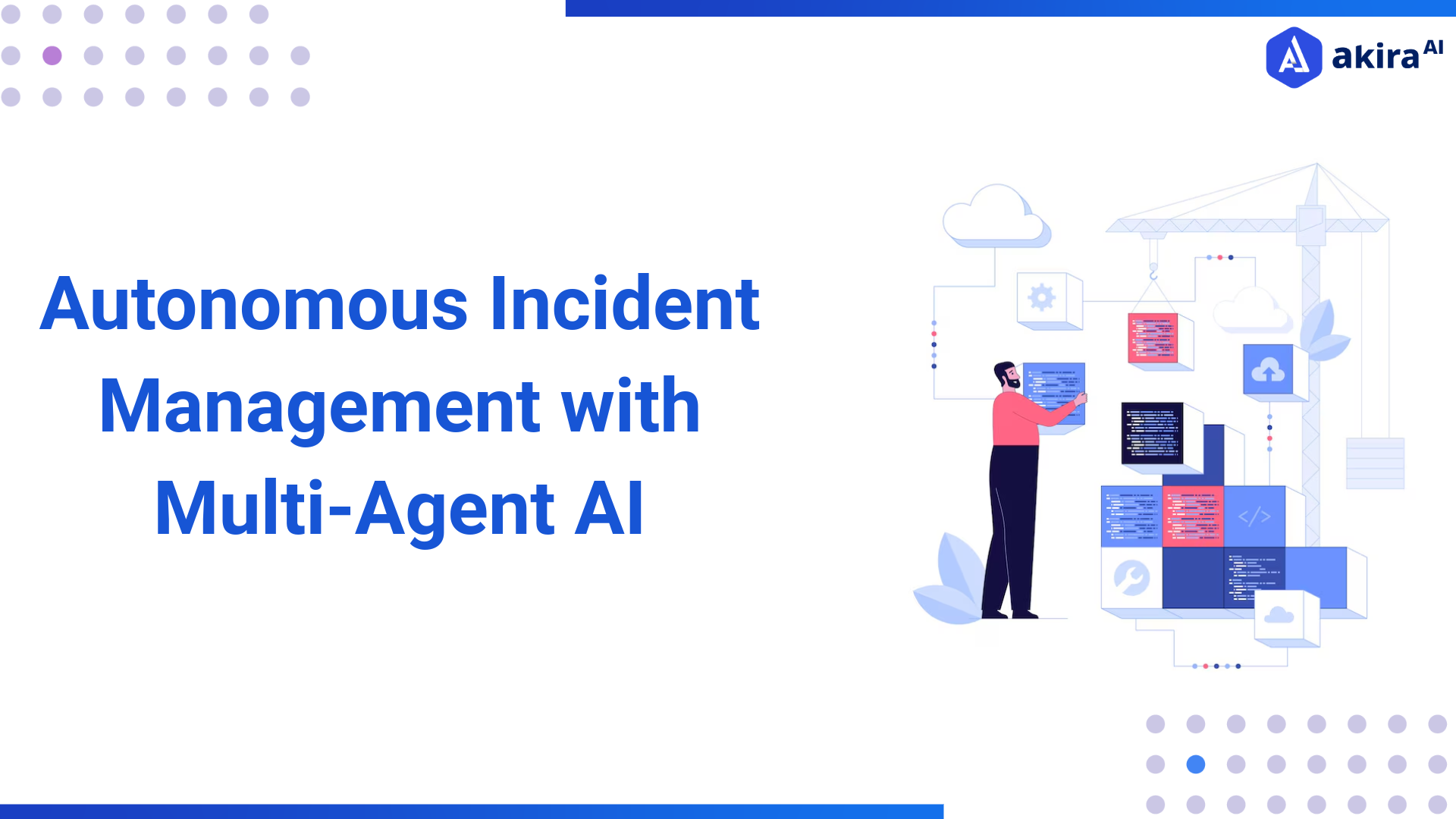Enterprises running workloads on AWS face rising complexity in ensuring reliability, compliance, and cost efficiency at scale. Manual operations create bottlenecks and risks, especially in regulated industries.
AutonomousOps AI, an AI-powered autonomous operations platform, partnered with AWS to deliver intelligent agents for Autonomous Operation that automate FinOps, SRE, Compliance, and DevOps functions.
Built on AWS-native services like CloudWatch, Config, GuardDuty, Security Hub, and Step Functions, the platform reduces manual intervention, accelerates incident response, ensures continuous compliance, and optimizes costs — all with a flexible “Agent Mode” for human-in-the-loop oversight.
The result: customers achieve measurable reductions in operational overhead, improved resilience, and substantial cost savings through AI-powered operations automation and agentic orchestration.
Customer Challenge
Customer Information
-
Customer: Confidential (Representative Enterprise Case).
-
Industry: Multi-sector (Banking, Manufacturing, Public Safety).
-
Location: Global, AWS Cloud–based Operations.
-
Company Size: Large Enterprise (>5,000 employees).
Business Challenges
Enterprises managing workloads across AWS accounts and regions face challenges including:
-
Escalating operational overhead and SRE workload.
-
Inefficient compliance and cost governance.
-
Delays in incident resolution due to manual RCA.
-
Risk of drift and non-compliance in regulated sectors.
-
Balancing automation with business-critical oversight in cloud reliability operations.
Technical Challenges
-
Integration complexity with AWS-native services and enterprise logging.
-
Lack of context-aware automation across distributed systems.
-
Scalability requirements for multi-region high availability.
-
Ensuring security, compliance evidence collection, and audit readiness.
-
Legacy processes limiting autonomous operations adoption.
Partner Solution
Solution Overview
AutonomousOps AI deployed an agentic automation framework powered by AWS services to enable self-healing infrastructure and autonomous operations at scale.
Multi-agent orchestration was implemented using ECS/EKS, with event-driven workflows built on EventBridge, Lambda, and Step Functions.
A context engine leveraging Amazon Neptune and OpenSearch provided real-time decision support.
Agent Mode, surfaced in Slack/Teams via SNS, ensured human-in-the-loop approval workflows — bridging automation with governance.
Security was reinforced through IAM least-privilege roles, KMS encryption, and GuardDuty integration.
The solution enabled enterprises to scale operations, enforce compliance, reduce costs, and accelerate incident handling — establishing a blueprint for Autonomous Ops on AWS.
AWS Services Used
-
Amazon EKS/ECS – Orchestration of agent-based DevOps workflows.
-
AWS Lambda – Event-driven triggers for autonomous operations.
-
Amazon EventBridge – Central event bus for cloud automation.
-
Amazon CloudWatch – Metrics, logs, alarms, anomaly insights.
-
Amazon Neptune – Context memory and decision intelligence.
-
Amazon OpenSearch Service – Search/analytics layer for intelligent cloud automation.
-
AWS Step Functions + SNS – Workflow approvals in Agent Mode.
-
AWS Config + Security Hub + GuardDuty – Compliance and cloud security posture.
-
AWS KMS – Encryption and compliance assurance.
-
Amazon Route 53 + WAF + Shield – Network security and high availability.

Implementation Details
-
Methodology: Agile/DevOps with incremental rollouts.
-
Integration: Native AWS observability (CloudWatch, EventBridge) + enterprise ChatOps (Slack, Teams).
-
Security: IAM role-based controls, MFA approvals, KMS encryption.
-
Deployment: Multi-region setup with Route 53 failover.
-
Testing: Automated RCA simulations, compliance validation, cost optimization scenarios.
-
Timeline: 6–9 months to production deployment across global regions.
Innovation and Best Practices
-
Human-in-the-loop Agent Mode integrated with AWS Step Functions + ChatOps.
-
Multi-agent orchestration model reducing siloed automation.
-
Alignment with AWS Well-Architected principles: operational excellence, cost optimisation, reliability, and security.
-
Integration of Memo context memory engine for contextual intelligence.
-
Designed to support future LLM-powered agent workflows via Amazon Bedrock.
Results and Benefits
Business Outcomes and Success Metrics
-
50% reduction in manual operations through autonomous agent automation.
-
30%+ cost savings from FinOps agents (budget enforcement, tagging hygiene).
-
Accelerated incident response with automated RCA and drift detection.
-
Continuous compliance monitoring via AWS Config + Security Hub.
-
Faster change approvals through Agent Mode in Slack/Teams.
Technical Benefits
-
Elastic scaling with EKS/ECS auto-scaling groups.
-
High availability via Route 53 and multi-region design.
-
Strengthened security posture with IAM, GuardDuty, and KMS.
-
Reduced technical debt through autonomous workflows.
-
Improved developer velocity with automated runbooks and rollout scoring.
“With AutonomousOps AI on AWS, we transformed our operations into a self-driving model—cutting costs, accelerating incident resolution, and ensuring compliance with confidence.”
— CIO, Global Enterprise Customer
Lessons Learned
Challenges Overcome
-
Initial complexity of multi-service AWS integration addressed through modular architecture.
-
Balancing automation with human approvals solved via Agent Mode workflows.
-
Scaling memory and context across services using Amazon Neptune + Mem0 integration.
Best Practices Identified
-
Co-sell alignment with AWS-native services accelerates adoption.
-
Embedding approvals in ChatOps (Slack/Teams) increases trust and usability.
-
Agent Mode provides a reusable pattern for sensitive autonomous operations.
Future Plans
The enterprise plans to expand AutonomousOps AI adoption by:
-
Extending multi-agent orchestration to edge and hybrid cloud environments.
-
Leveraging Amazon Bedrock for custom LLMs powering advanced agent workflows.
-
Adding further automation for CI/CD pipelines and AI governance.
-
Deepening AWS partnership to advance FinOps, Compliance, and Autonomous Ops innovation.
Frequently Asked Questions (FAQs)
Get quick answers about AutonomousOps AI, AWS automation, and how it enables autonomous cloud operations.
What problem does AutonomousOps AI solve for AWS users?
It eliminates manual cloud operations bottlenecks by automating monitoring, incident response, compliance, and cost governance across AWS environments.
How does AutonomousOps AI ensure compliance and security?
The platform integrates AWS Config, Security Hub, and GuardDuty to maintain continuous compliance, detect threats, and enforce security best practices.
Is AutonomousOps AI suitable for multi-region deployments?
Yes, it supports multi-region orchestration and high availability through AWS services like Route 53 and EKS/ECS for global scalability.
Can AutonomousOps AI work with existing DevOps tools?
Absolutely. It connects seamlessly with Slack, Microsoft Teams, and enterprise observability tools to extend existing DevOps workflows.
How does AutonomousOps AI differ from traditional automation?
Unlike static scripts, it uses agentic AI models with contextual awareness, enabling self-healing, decision-making, and human-approved automation in real time.



